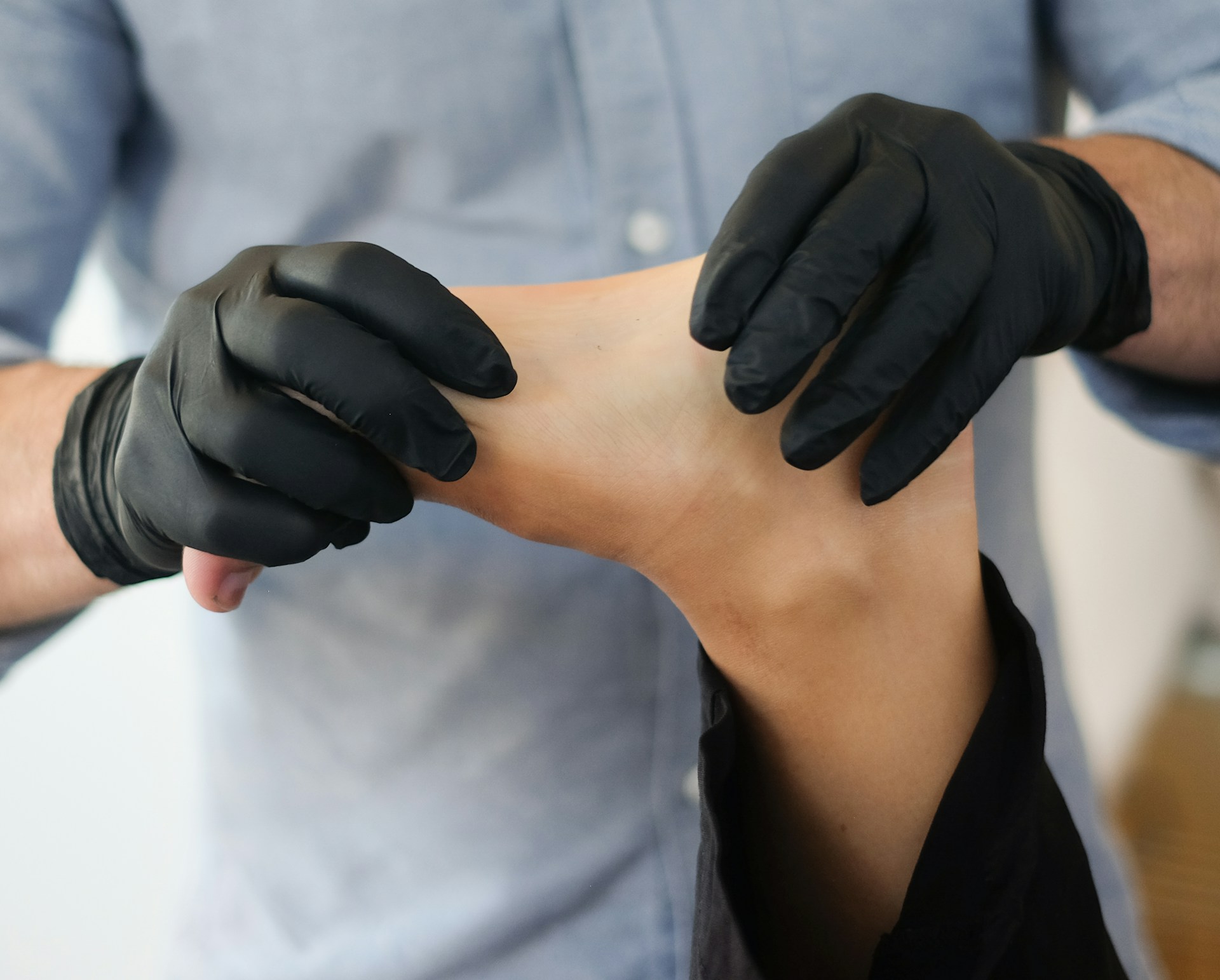Good posture is more than just standing up straight; it’s about maintaining the natural curves of the spine and ensuring that your body is aligned properly during all activities, from sitting and standing to walking and exercising. Poor posture can lead to a host of musculoskeletal problems, including back pain, neck strain, headaches, and even reduced lung capacity. If you’re struggling with posture issues, orthopedic physical therapy can provide the guidance and treatment needed to correct your posture and prevent further complications. Here’s how they can help.
Assessment of Posture and Alignment
An orthopedic physical therapist will start by conducting a thorough assessment of your posture, looking at how your spine, shoulders, hips, and legs align when you’re sitting, standing, and moving. This evaluation helps identify any imbalances, weaknesses, or areas of tension that may be contributing to poor posture.
Customized Exercise Programs
- Targeted Strengthening: One of the key ways an orthopedic physical therapist can improve your posture is by designing a customized exercise program that targets the muscles responsible for supporting your spine and maintaining proper alignment. Strengthening the core muscles, including the abdominals, back muscles, and pelvic floor, is crucial for maintaining good posture.
- Flexibility and Stretching: Tight muscles, particularly in the chest, shoulders, and hamstrings, can pull your body out of alignment. Your therapist will guide you through stretching exercises that focus on these areas, improving flexibility and allowing your body to maintain better posture.
Education on Ergonomics
- Improving Daily Habits: Posture isn’t just about how you stand or sit; it’s also about how you move throughout your day. An orthopedic physical therapist can educate you on proper ergonomics, teaching you how to set up your workstation, lift objects correctly, and adjust your daily habits to support better posture.
- Workplace Adjustments: If your job involves long hours of sitting or repetitive movements, your therapist can recommend ergonomic adjustments to your workspace, such as using a supportive chair, adjusting your desk height, or incorporating standing breaks, to prevent posture-related problems.
Manual Therapy
In some cases, poor posture may result from tight or misaligned muscles and joints. An orthopedic physical therapist can use manual therapy techniques, such as joint mobilizations, soft tissue massage, and myofascial release, to help relieve tension and improve alignment. These hands-on treatments can reduce discomfort and make it easier for you to maintain proper posture.
Postural Awareness and Body Mechanics
- Building Awareness: One of the most important aspects of improving posture is becoming more aware of your body’s positioning throughout the day. An orthopedic physical therapist can help you develop this awareness, teaching you how to recognize and correct poor posture before it leads to pain or injury.
- Safe Movement Practices: Beyond static posture, your therapist will guide you in proper body mechanics for dynamic activities, such as lifting, bending, and reaching. By practicing safe movement techniques, you can prevent posture-related injuries and maintain alignment during all activities.












